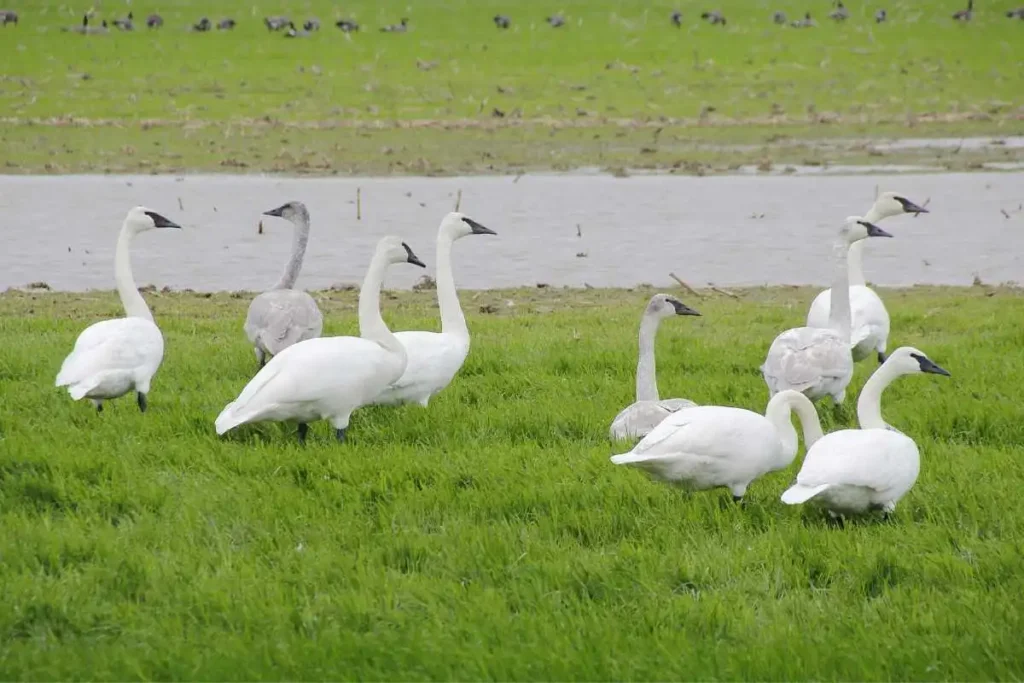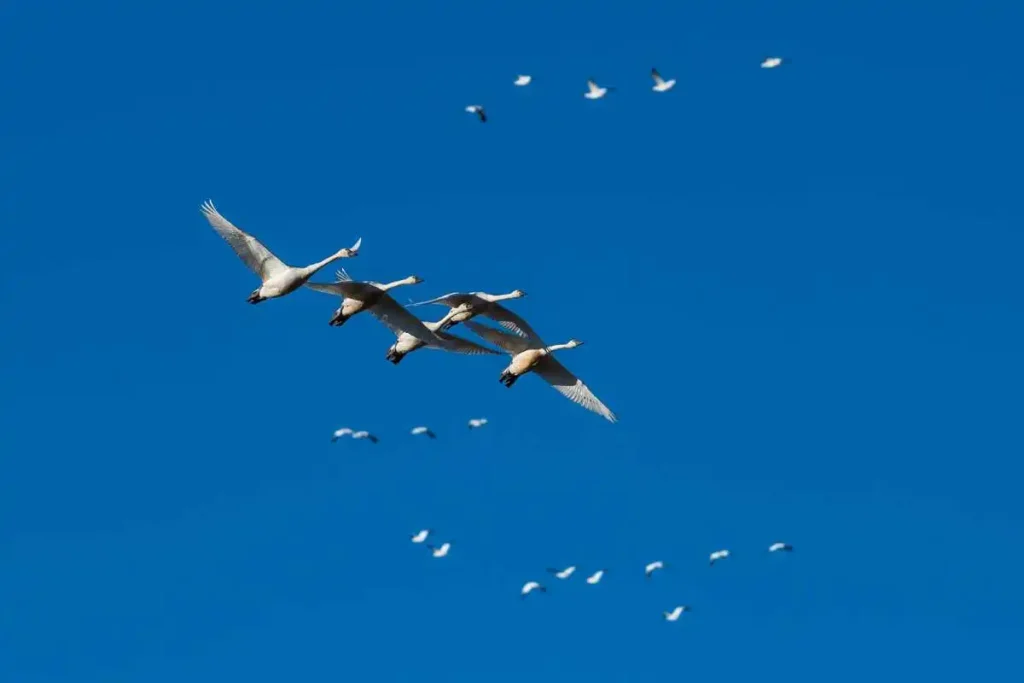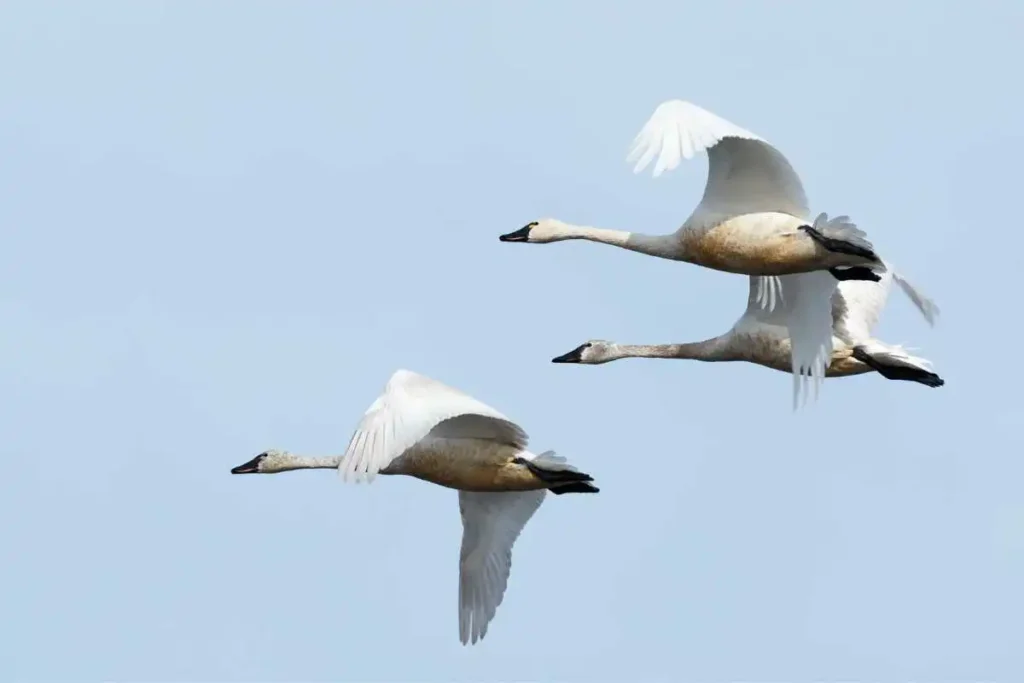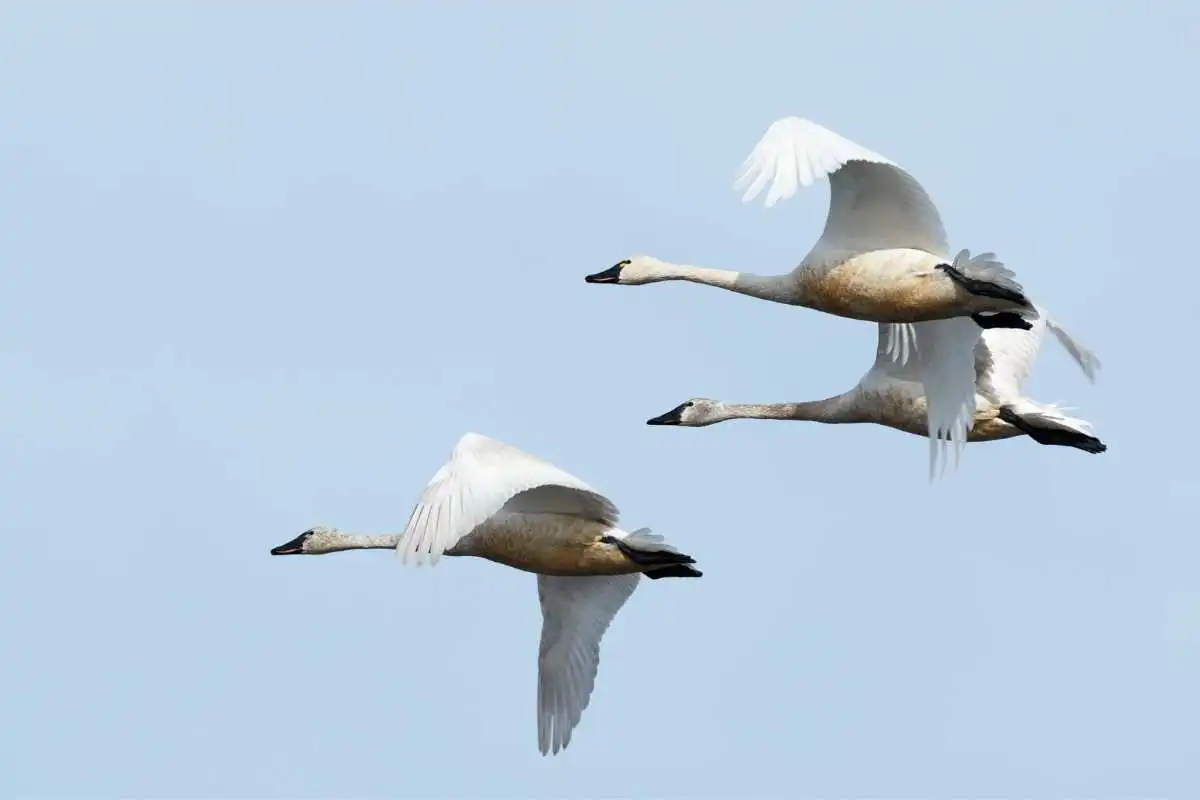Swans are among the most elegant and captivating birds, often spotted gliding gracefully across lakes and rivers. But when the seasons change, many people wonder: Do swans migrate? The answer largely depends on the species of swan and their geographical location. While some species are migratory, others stay in one place year-round. In this article, we’ll dive into the migration habits of swans, what drives their movement, and where they go when the temperatures drop.

Table of Contents
1. Do Swans Migrate?
Not all swan species migrate, but many do, especially those that breed in colder regions. Migratory behavior is usually linked to food availability and harsh winter conditions. Swans that live in areas with frozen lakes and snow-covered landscapes during winter often migrate to find more favorable environments. On the other hand, swans living in temperate climates may not migrate at all and remain in their territories year-round.
Species such as the Mute Swan (Cygnus olor), for example, are generally non-migratory, especially in regions with milder winters. However, more northern populations of Mute Swans might engage in local migration, moving short distances to avoid freezing conditions.
2. Common Migratory Swan Species
Tundra Swan Migration
The Tundra Swan (Cygnus columbianus) is one of the most prominent migratory swan species. These birds breed in the Arctic tundra during the summer months and make a long journey southward when winter approaches. They can be found wintering along the coasts of the United States, particularly in the Pacific Northwest and along the Atlantic Coast.
Whooper Swan Migration
Whooper Swans (Cygnus cygnus), native to parts of Europe and Asia, are known for their impressive migration journeys. They breed in Iceland, Scandinavia, and Russia and migrate to warmer climates such as the United Kingdom, Central Europe, and even parts of East Asia for the winter. Their migration paths can span thousands of miles, and they are often seen in large, noisy flocks as they travel.
Trumpeter Swan Migration

While the Trumpeter Swan (Cygnus buccinator) is not as migratory as other species, some populations migrate. Trumpeter Swans that breed in Alaska and parts of Canada migrate to warmer areas in the United States during the winter. However, swans in more temperate regions may stay put year-round.
3. Why Do Swans Migrate?
Swans migrate primarily for food and survival. As the winter months approach in colder regions, their feeding grounds often freeze over, making it difficult for them to access aquatic plants and other food sources. In addition, extremely low temperatures can be detrimental to their health. Migrating to warmer areas ensures that swans have access to open water and abundant food during the winter.
Migration also helps swans avoid predators that become more active in winter when food sources are scarce.
4. Where Do Swans Migrate ?
Swans typically follow well-established migration routes. For example, Tundra Swans from the Arctic follow specific flyways along the Pacific and Atlantic coasts of North America. Whooper Swans migrate from northern Europe and Russia to western Europe, with the United Kingdom serving as a major wintering ground. These birds often travel in V-shaped formations, allowing them to conserve energy during their long flights.
Swans typically migrate in family groups, with parents and young swans traveling together. They may fly both day and night, covering hundreds or even thousands of miles in search of suitable wintering grounds.

5. Migration in Swans
The migration of swans is a fascinating natural phenomenon, driven by the need for food, survival, and favorable environmental conditions. While not all swans migrate, species like the Tundra Swan and Whooper Swan undertake incredible journeys each year. Their migrations are essential to their survival, ensuring they can find suitable feeding grounds during harsh winters.
For birdwatchers, witnessing the migration of swans is a spectacular sight, as these beautiful birds travel in large flocks across the skies, embodying the essence of seasonal change.

